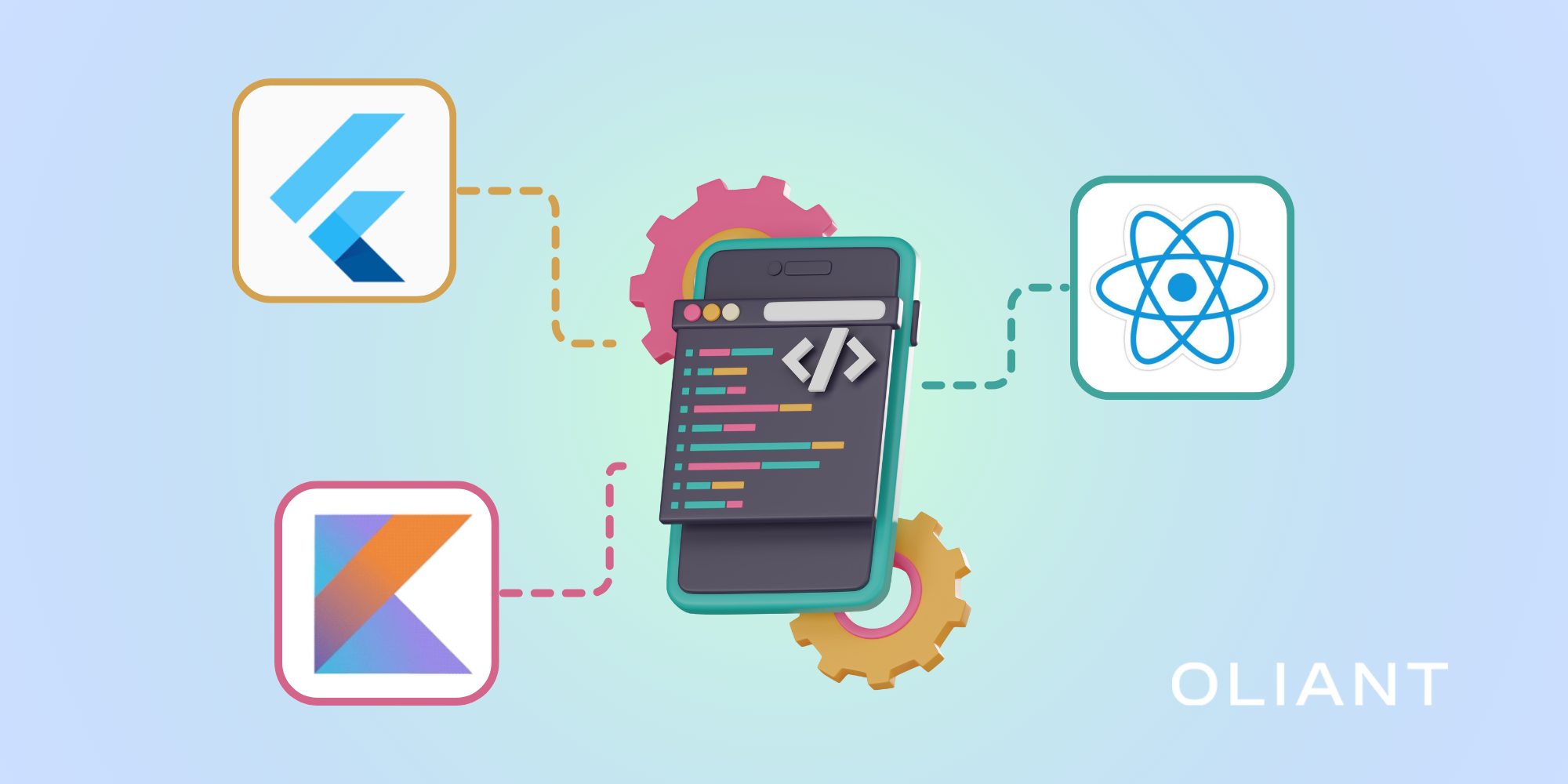When choosing a programming language for your next project, the Rust vs. Python debate is bound to come up.
Both languages have strong communities, clear advantages, and growing ecosystems. Python is well-known for its simplicity and dominance in data science, AI, and machine learning, Rust is celebrated for its performance, safety, and concurrency.
Today we’ll explore the key differences between Rust and Python in terms of performance, development speed, safety, ecosystem, and real-world applications to help you decide which one best suits your needs.
How does Rust work?
Rust is a statically typed, compiled systems programming language developed by Mozilla in 2006, intending to create a safer alternative to C and C++.
It’s known for its performance, concurrency support, and remarkable memory safety without relying on a garbage collector. Rust's strengths lie in its powerful static typing, growing ecosystem of libraries and tools and ability to prevent common errors at compile-time -- though compile times can be slower than other programming languages.
Rust is often used for low-level applications where performance and safety are critical—such as operating systems, game engines, embedded software, and web assembly.
[Also check out: Rust vs. C++]
How does Python work?
Python, which debuted in 1991, is a dynamically typed, interpreted high-level language. In the last few decades, it has become one of the most widely embraced programming languages, currently sitting at the top of the TIOBE Programming Community index.
At its core, Python emphasizes readability and accessibility with a clean, straightforward syntax. While this obviously makes it an ideal language for beginners, it also offers powerful capabilities for experienced programmers.
Python shines in rapid development, scripting, data analysis, artificial intelligence and machine learning (AI/ML), and web development. It also counts on an extensive standard library and a vast ecosystem of third-party packages, enabling rapid development across various domains.
Despite Python's adaptability, it has slower execution speeds compared to compiled languages such as Rust, making it less suitable for performance-critical applications. Its automatic memory management is less efficient as well, and Python's process lock feature can be a bottleneck for CPU-intensive tasks.
What companies use Rust and Python?
Companies like Dropbox, Discord, and Cloudflare are using Rust to rewrite performance-critical components of their infrastructure. Rust is also being adopted in the blockchain space, with projects like Solana and Polkadot.
Meanwhile, Python continues to dominate industries like finance, healthcare, education, and AI. It’s the go-to language for tools like Jupyter, and it’s heavily used at companies like Google, Netflix, and NASA.
Rust vs. Python: Key Features
When comparing Rust vs. Python, developers often find themselves balancing performance, development speed, and use-case requirements. Let’s take a closer look at these features.
Performance and Speed
Performance is one of the most significant differences between Rust and Python. Rust is designed for high-performance and low-level control, offering near-C speeds thanks to its zero-cost abstractions and compile-time optimizations. It’s ideal for CPU-intensive tasks, low-latency applications, and embedded systems.
In contrast, Python focuses on simplicity and a rapid development cycle rather than raw speed. While slower in execution, Python is highly productive for scripting, automation, and prototyping.
In machine learning and data analytics applications, Python's performance limitations are often offset by high-level libraries implemented in C or C++ under the hood (e.g., NumPy, TensorFlow).
Memory Management and Safety
As we mentioned, Rust’s approach to memory safety is revolutionary. It uses an ownership model with concepts like borrowing and lifetimes, which ensures memory is safely allocated and deallocated without the need for a garbage collector. This model enforces memory safety at compile time, making it extremely reliable for system-level programming.
Python, on the other hand, employs automatic garbage collection, making it easier to write code without worrying about manual memory management. However, this abstraction can result in less predictable performance, particularly in memory-intensive applications.
Concurrency and Parallelism
Concurrency is another area where Rust shines. Rust provides safe concurrency features, enabling developers to write multi-threaded programs without fear of data races. This makes it particularly suitable for high-throughput systems, real-time applications, and asynchronous programming.
Python struggles in this department due to its Global Interpreter Lock (GIL), which restricts true parallel execution in multi-threaded CPU-bound tasks. While Python handles I/O-bound concurrency well using libraries like Asyncio, CPU-bound performance often requires workarounds like multiprocessing or leveraging native extensions.
Learning Curve and Ease of Use
Python is renowned for its ease of use, clear syntax, and minimal learning curve. It’s the go-to language for beginners, data scientists, and rapid application development. Here's an example of a simple list comprehension in Python:
squares = [x**2 for x in range(10)]
Rust, by contrast, has a steeper learning curve due to its strict compiler and verbose syntax. However, it rewards developers with fine-grained control and type safety. Equivalent logic in Rust might look like this:
let squares: Vec<i32> = (0..10).map(|x| x * x).collect();While more complex, Rust encourages writing robust, maintainable, and error-free code from the start.
Ecosystem and Libraries
Python’s ecosystem is vast and mature, offering libraries for nearly every domain. From web development (Django, Flask) to data science (Pandas, NumPy), and machine learning (Scikit-learn, PyTorch, TensorFlow), Python’s community-driven growth makes it an unparalleled tool for scientific computing and AI.
Rust’s ecosystem is growing rapidly, especially in domains demanding high performance and memory safety. Libraries like Serde for serialization, Polars for data processing, and Actix Web for high-performance web services are elevating Rust’s place in modern development. While not as expansive as Python’s, Rust’s libraries are often more performant and safer by design.
[Also check out: Top 5 programming languages for Web Development]
Type System and Error Handling
Rust features a strong, static type system, helping catch errors at compile time and improving overall code robustness. Rust’s compiler enforces error handling through the Result and Option types, requiring developers to explicitly handle possible failures.
Python uses dynamic typing, offering flexibility at the cost of potential runtime errors. While its exception-handling system is straightforward to implement, it doesn’t offer the same level of compile-time guarantees as Rust.
Integration
Python offers extensive integration capabilities, especially in enterprise environments. It interoperates well with C/C++ (via ctypes, Cython) and Java (via Jython), and is a common scripting language for larger systems. In AI and data science, Python’s ability to glue together tools, APIs, and services makes it invaluable.
Community and Support
Python’s long history has led to a massive, well-established community, rich documentation, countless tutorials, and forums for every topic.
Rust’s community, while newer, is passionate and highly supportive. With detailed documentation, tools like Rust Analyzer, and an emphasis on learning, adopting modern, safe programming paradigms.
Cross-Platform Development
Both Rust and Python support cross-platform development, enabling applications to run on Windows, macOS, and Linux. Python’s interpreted nature and platform-agnostic bytecode make it especially convenient for scripting across environments.
Rust compiles to native binaries and offers powerful tools for cross-compilation, making it suitable for embedded systems, mobile development, and performance-sensitive desktop apps.
Rust vs. Python Comparison
.png)
Rust and Python Interoperability
With Python’s ease of use and Rust’s performance value, you may wonder if you can leverage the two of them together for your project. Well, you’re in luck!
Python and Rust integrate well, with their support for foreign function interfaces and library bindings. With these interoperability features, you can leverage the strengths of both languages in the same project and capitalize on the unique capabilities of each language.
Tools like PyO3 and Maturin allow seamless interoperability between Rust and Python, enabling developers to write fast Rust modules while maintaining Python’s flexibility.
To get the best results, focus on using Rust for performance-critical components, such as computationally intensive algorithms or low-level system interactions, and Python for higher-level logic, such as business logic, data processing pipelines, or interface design.
Another way is to integrate premade libraries into your Python code that are written in Rust. For example, Polars, a popular DataFrame library, is written in Rust and has garnered a lot of attention is its performance capabilities.
Should you use Python or Rust?
The choice of Rust vs Python is completely based on what you're looking to get out of your programming language.
Rust is the best option if you want to build high-efficiency, memory-intensive and scalable applications. For example, it is an ideal programming language for embedded systems and command line program development.
If what you need is faster development, however, Python might be what’s right. It's a great choice for prototyping, scripting, and machine learning, although plenty of companies prefer to use it for data analysis and data analysis, rather than web development.
When it comes to front-end development, some other programming languages, like React or Vue, could work better. You can also look for no-code solutions, for your web applications or e-commerce sites. WordPress and Webflow are two great options for this.
Whether you choose to go for Python, Rust, or any of these other options, you will need the help of an experienced development team. At Oliant we can provide you with the people and tools, covering several programming languages and no-code solutions to make your project a reality.

.png)
























.png)



.png)










.avif)










.avif)
